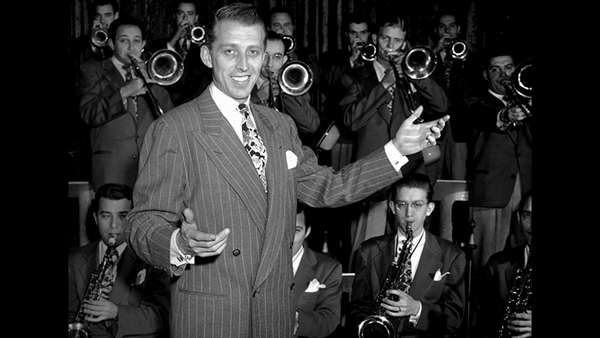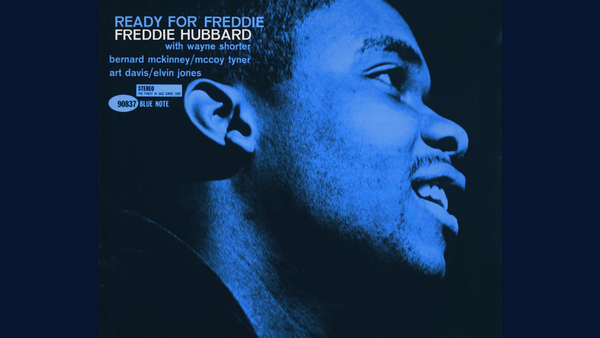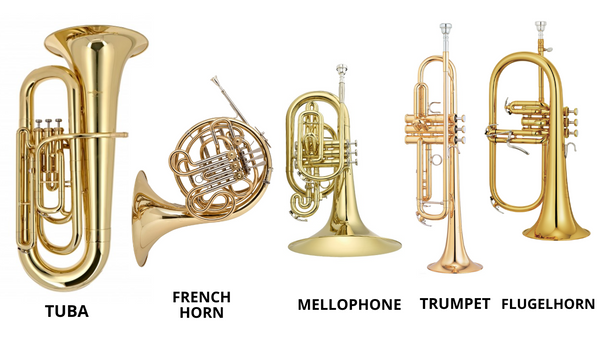April 11, 2024
Freddie Hubbard biography, career, legacy and musical awards
"Jazz is like classical music. If people like you, they’ll remember you and you’ll last forever." - Freddie Hubbard

American jazz trumpeter Freddie Hubbard stands as one of the most influential figures in jazz during the 1960s and 1970s. People were enchanted by his virtuosic performances, technical brilliance, and versatility, ranging from hard bop to fusion. Let’s have a look at the most crucial points of his career.
- Born on April 7, 1938, in Indianapolis, Indiana, United States, Freddie Hubbard emerged as one of the most impressive musicians, working in bop, hard-bop and post-bop styles.
- He was a student at Arsenal Technical High School, where he played a few musical instruments: a tuba, French horn, mellophone, trumpet and a flugelhorn.
- The person who introduced Freddie to jazz was his brother, Earmon, Jr., who played piano.
- During his teenage years, Hubbard worked with the Montgomery Brothers. He had his first recording session with them. At that time, he also established his first band – the Jazz Contemporaries. It was the quintet, consisting of a bassist, saxophonist/flutist, pianist and a drummer. They regularly played at the popular club George’s Bar.
- Although his musical views were influenced by such famous artists as Miles Davis and Clifford Brown, Freddie Hubbard created his personal sound, featuring blistering speed, impressive improvisational skills, and the ability to play with both power and lyricism.
- Freddie’s talents didn’t get unnoticed by Lee Katzman, a former sideman of Stan Kenton. He convinced Hubbard to study at the Arthur Jordan Conservatory of Music.

- In 1958, at the age of 20, Hubbard moved to New York, where his career started to gather speed. Both critics and fans were impressed by the maturity of his playing.
- During the following two years in New York, Hubbard played concerts with such titans as Philly Joe Jones, Sonny Rollins, Slide Hampton, and Eric Dolphy. Freddie also toured with Quincy Jones across Europe from 1960 to 1961.
- He had his first album in 1960 at the age of 22.

- In 1961, Hubbard released the album called “Ready for Freddie” on the Blue Note label. Many critics see this work as a masterpiece. What’s more, the album set the begging of collaboration with Wayne Shorter. Later after the release, Freddie became the member of Art Blakey’s Jazz Messengers, where he replaced Lee Morgan and where he played until 1964.

- The great success came to him in the 1970s, when he had a series of crossover albums on the Atlantic and CTI Records. His early jazz albums of that time (“Red Clay”, “Straight Life”, “First Light”) were warmly welcomed. He also played the acoustic, hard-bop idiom with the V.S.O.P. quintet. The solo on “Zanzibar,” a track from Billy Joel’s Grammy-winning 1978 album, signified his entrance into the pop arena. At this period, Freddie was experimenting with electric instruments and larger ensembles.

- During the 80s, Freddie Hubbard collaborated with Joe Henderson, Bobby Hutcherson, Woody Shaw and Benny Golson.
- In the early 90s, Freddie established a new band together with Christian McBride, Javon Jackson, Carl Allen and Benny Green. During this period, he also played and recorded with the Octet.
- Hubbard had some health issues but didn’t stop performing jazz and participating in clinics at various colleges where he shared his knowledge with young artists.
- In 2006, Hubbard was honored with the NEA Jazz Masters Award by the National Endowment for the Arts.

- Freddie has delighted the musical world with more than fifty solo recordings. He successfully collaborated with the most prominent jazz musicians. His legacy is a great source of inspiration for contemporary jazz players. As a bandleader, Freddie released many albums, many of which are considered classics of the genre. The most notable releases include "Ready for Freddie" (1961), "Red Clay" (1970), and "First Light" (1971), which won a Grammy Award for Best Jazz Performance by a Group.
- At the peak of his career, Freddie Hubbard established himself as a virtuoso, whose music was full of rich tones and consistency both in slow and fast passages. He presented the world awesome blues lines and entered the history of jazz as one of the greatest technical trumpeters.
- In November 2008, he suffered a heart attack after which his health declined. He died on December 29, at the age of 70.

- The American musical magazine “Down Beat” called Freddie Hubbard “the most powerful and prolific trumpeter in jazz.”


